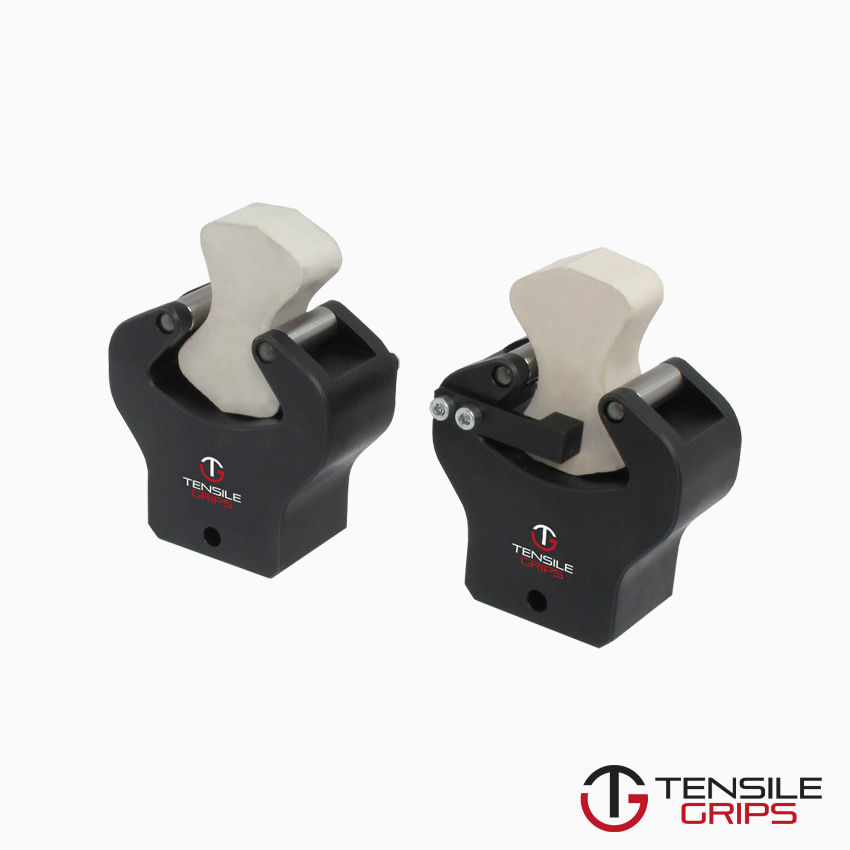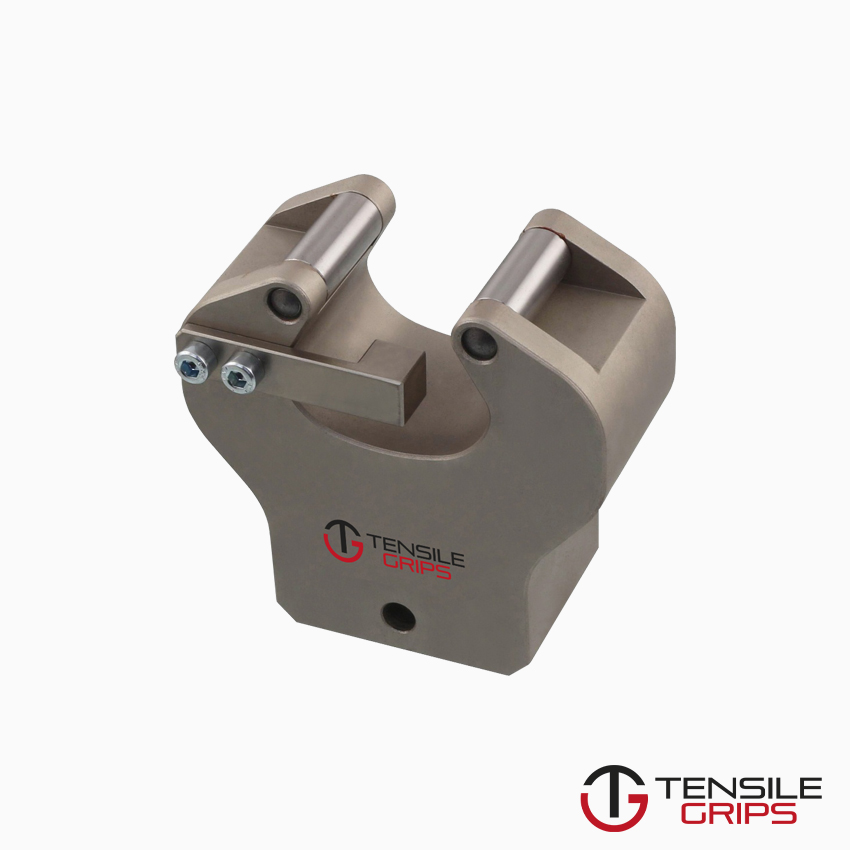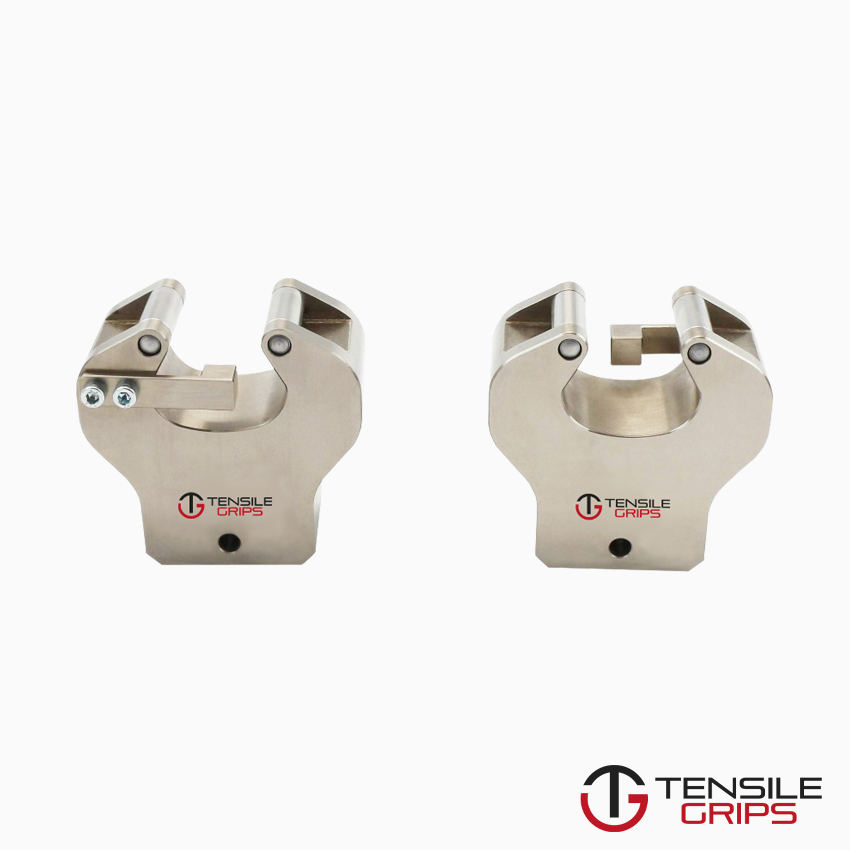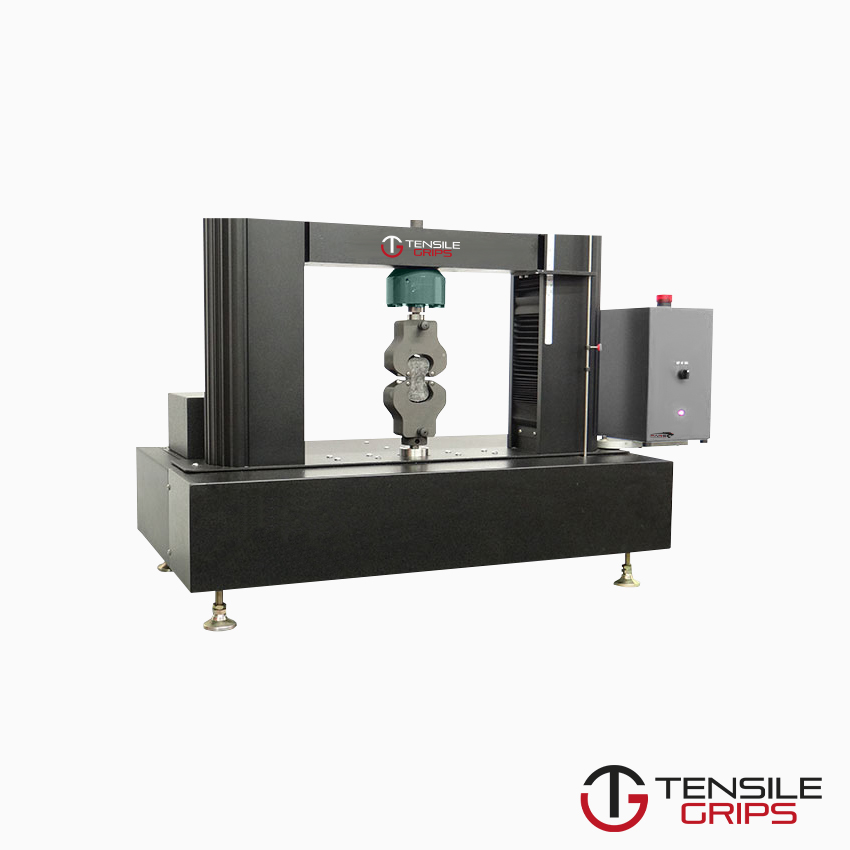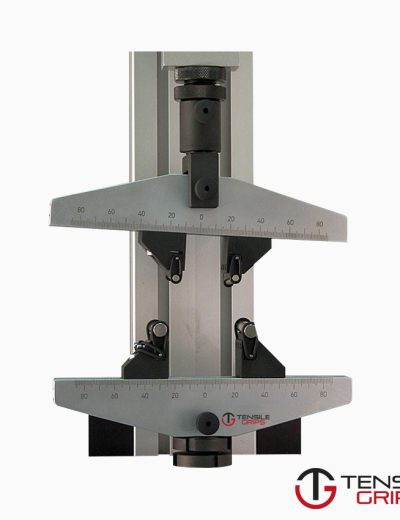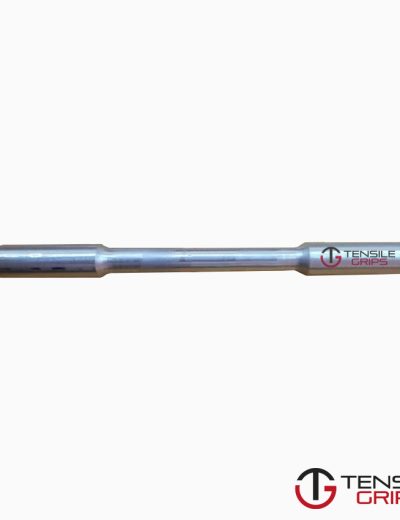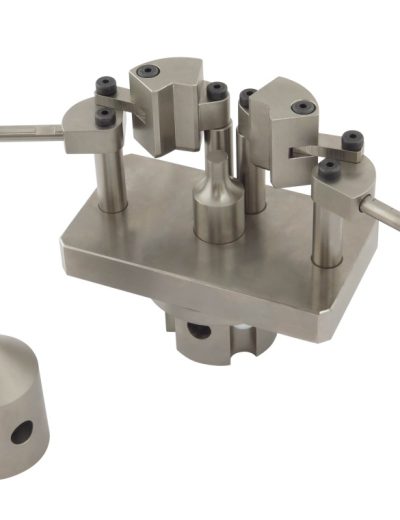ASTM C307 Test Fixture
ASTM C307 Briquette Tensile Testing Fixture
ASTM C307 covers the determination of tensile strength of cured chemical-resistant materials in the form of molded briquets.
Please Contact With Us For More Information
ASTM C307 – Standard Test Method for Tensile Strength of Chemical-Resistant Mortar, Grouts, and Monolithic Surfacings
ASTM C307 Briquette Tensile Testing Fixture
ASTM C307 covers the determination of tensile strength of cured chemical-resistant materials in the form of molded briquets.
These materials include mortars, brick and tile grouts, machinery grouts, and monolithic surfacings. These materials shall be based on resin, silicate, silica,
or sulfur binders.
While these materials are usually under compressive forces, this tensile test helps to give some indication of other properties such as the rate of curing and
how the material could perform in non-100% vertical applications.
Significance and Use
It is recognized that chemical-resistant mortars, grouts, and monolithic surfacings are not usually under tension when in service;
however, such data are useful for purposes of determining the rate of cure and other properties.
This test method is not recommended for mortars, grouts, and monolithic surfacings containing aggregate greater than 1/4 in.
Geometry
The sample resembles a rounded bow tie and is 1″ wide at the center gauge area. This fixture conforms to the suggested and standardized ASTM measurements.
Solution
The C307 briquette tensile testing fixture can attach onto any existing or new Universal Testing Machine by means of a clevis pin style adapter.
Briquette molds are also available for pouring and curing new specimen
Analysis
The maximum or ultimate tensile strength is the most common measurement.
Referenced Documents
ASTM Standards
ASTM C904 Terminology Relating to Chemical-Resistant Nonmetallic Materials
ASTM E4 Practices for Force Verification of Testing Machines
ASTM E177 Practice for Use of the Terms Precision and Bias in ASTM Test Methods
ASTM E691 Practice for Conducting an Interlaboratory Study to Determine the Precision of a Test Method

